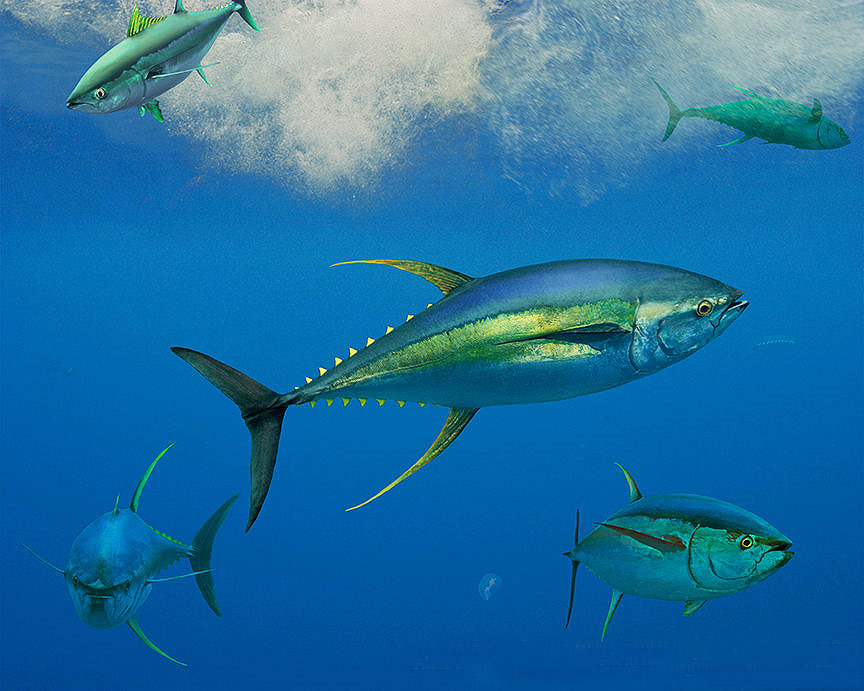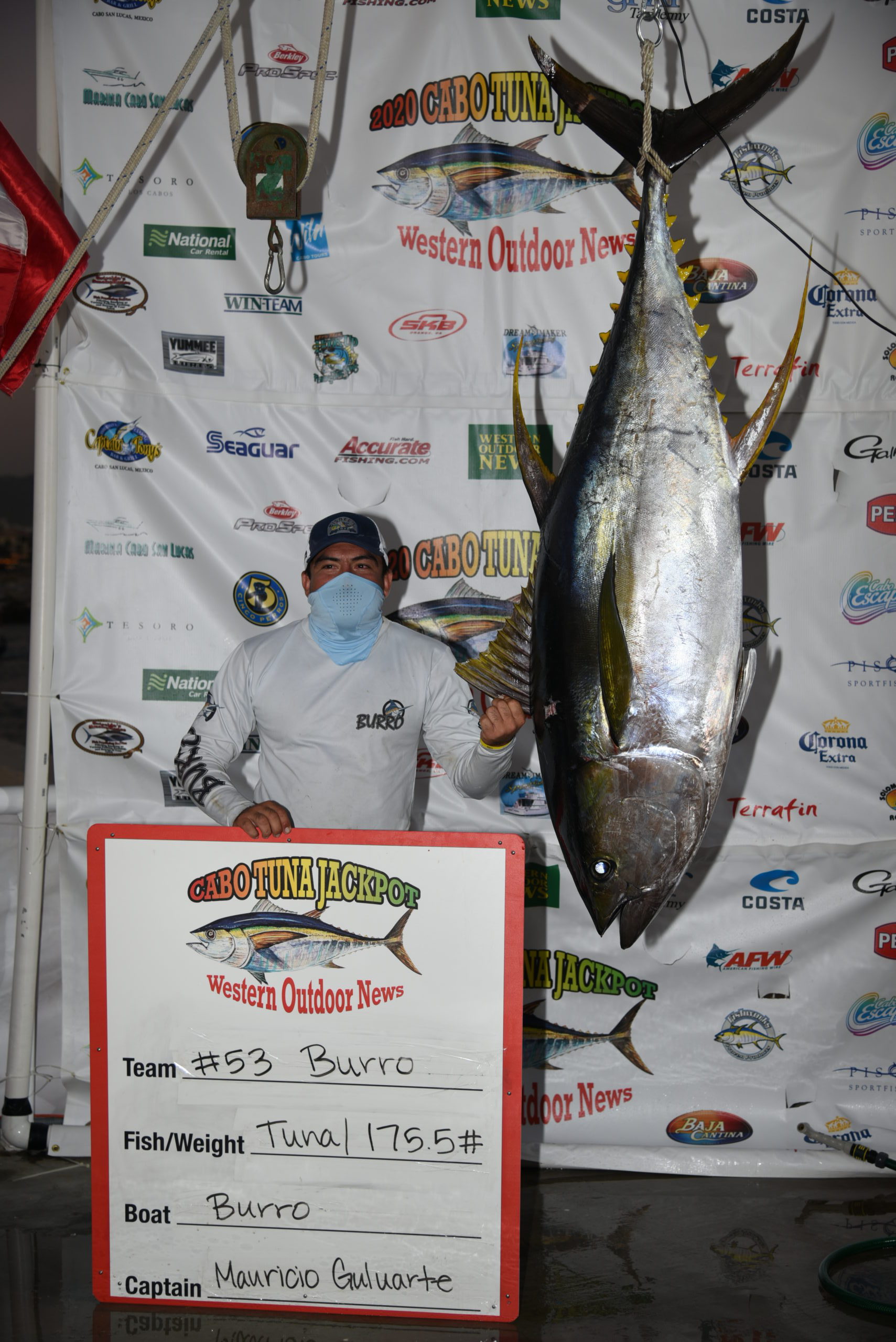

Some species were harder to identify dead after retrieval from the RSW than live fish with fresh color, so we made a point to include both fresh and post-mortem color photos. “We have worked and fished for many years with the sportfishing community and we made this ID guide inspired by our dockside sampling work. Liana explained their motive in making the ID Guide. She focuses on highly migratory tuna, billfish and sharks. Heberer is a fisheries biologist with the Institute of Marine Sciences at UC Santa Cruz working with NOAA’s Southwest Fisheries Science Center. Liana Heberer took the lead role in this NOAA booklet, so I asked her to help anglers and crew members with the definitive guidelines for identifying the common tunas we catch off of California and the northern Baja. Liana Heberer, Owyn Snodgrass, Heidi Dewar and David Itano created the guide published by NOAA. West Coast-A Photographic Identification Guide. In light of the confusion over tuna identification, Owyn said he and his fisheries colleagues collaborated to put together a new publication titled: Tuna Species of the U.S. So how are anglers and crew members able to identify different tunas? But private boaters and anglers on sportboats are frequently uncertain if the fish they just landed is a yellowfin, bluefin or bigeye. Sportfishing captains like Tim Ekstrom with 35 years experience running boats and catching tens of thousands of different tunas have no problems identifying these fish.

We confirmed these identities with DNA from those fish.” I collected 5 alleged ‘bigeye’ tuna that were all actually funny looking yellowfin tuna with slightly longer-than-normal pectoral fins. Snodgrass also shared, “Over the past 3 years there have been several other tuna that anglers misidentified off of Southern California. So how can the occasional angler identify one tuna from another? I’ve been on many trips when anglers ask, “Is that a yellowfin tuna or a bluefin tuna?” I have heard anglers and deckhands argue if a fish is a bigeye or a yellowfin. Will its genetics be lost forever or are there examples of cross species spawning and fertilization? Is there any doubt about the species of tuna we caught? Tim said, “No doubt whatsoever.” But one of my NOAA biologist friends heard about the catch and wondered, “What could a lone albacore possibly be doing with a school of straight yellowfin tuna.” Any albacore caught these days creates a buzz in the sportfishing industry and probably among the scientific community as well.īut a fish separated from its birth species is more viable as predator and prey if it bands together in a school, even one of another species. Tim sent me a photo of the long- finned fish that evening. It wasn’t until the fish were being moved from the RSW system to the onboard weigh station and into the icy dockside totes that Captain Tim Ekstrom held up the little fella and said, “Wow, we caught an albacore.” Probably a lot of anglers and many of the crew members had never seen an albacore, explaining the delayed identification, in addition to the frenzied pace of fish coming over the rail. The crew was very busy helping anglers and processing the fish to assure the highest quality standards famous on the Royal Star and during the melee nobody noticed the small longfin tuna on the deck.

On one particular stop anglers were enjoying fast action on a school of 12- to 18-pound yellowfin. We were on my 7-day Royal Star charter in October, 2020, enjoying a very good bite on 15- to 35- pound bluefin and yellowfin tuna.


 0 kommentar(er)
0 kommentar(er)
